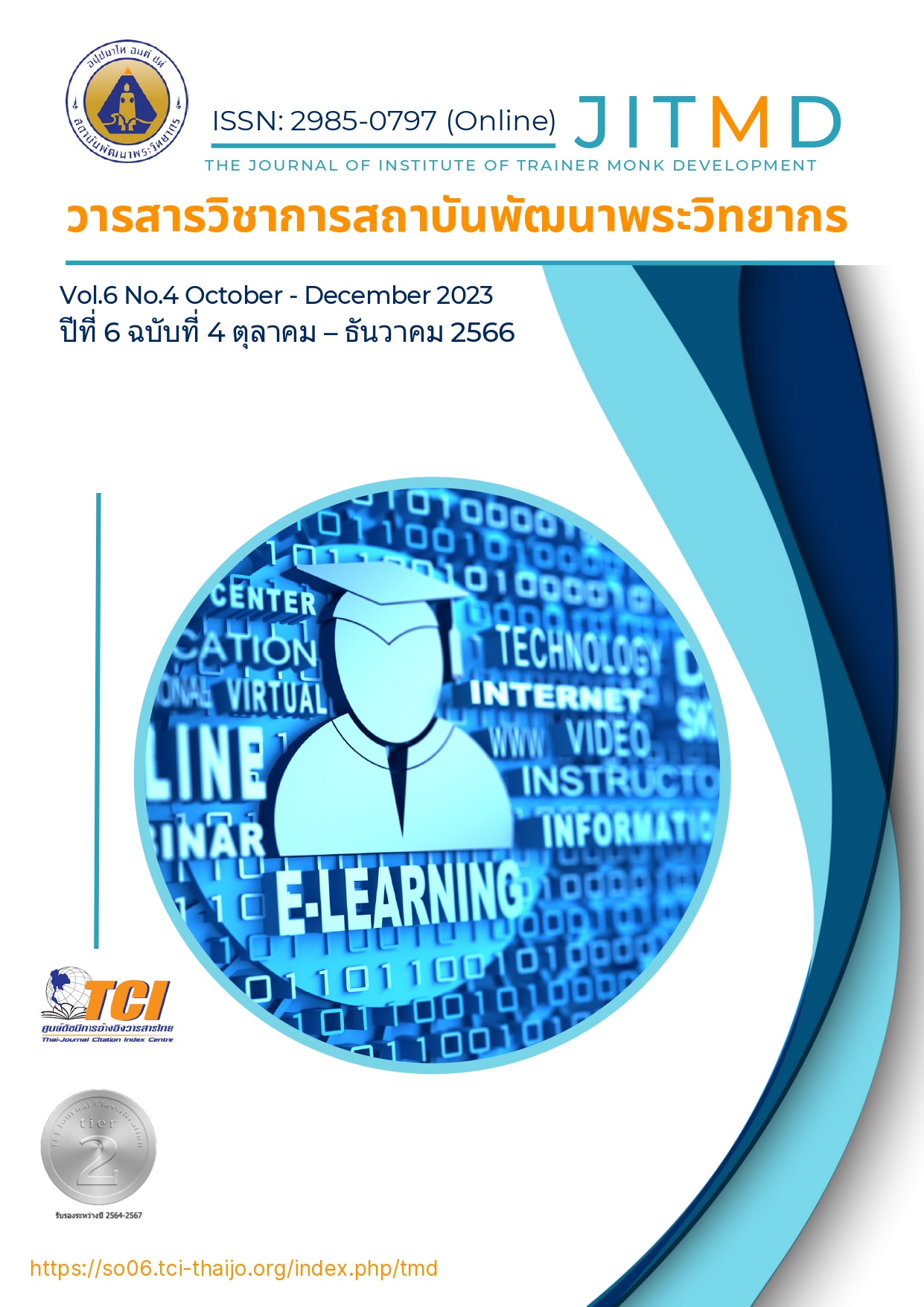Components and Indicators of the Quality of Life of People Khlong Samrong Community, Songkhla Province
Main Article Content
Abstract
This article aims was study the components and indicators of the quality of life of people at Khlong Samrong community, Songkhla province. It is a combination of qualitative research methods with quantitative research methods by in-depth interviews with 18 knowledgeable people who have experience in the quality of life of people at the Khlong Samrong community, Songkhla province, as well as organizing a community forum with 200 villager’s representatives to reflect their views on the quality of life problems of the community. Khlong Samrong Exploratory factor analysis (EFA) was then used to analyze the components and indicators of people's quality of life. By studying from a sample of 350 people, the sample group was determined by the Yamane formula. Proportional stratified random sampling using the community database and using a non-refundable lottery method. The tool used was a 5-point estimation scale questionnaire with a reliability of .929. The research results, it was found that; Components and indicators of the quality of life of the people Khlong Samrong community, Songkhla province. There are 5 components that can explain the variance of all indicators at 64.33%. Components 1-5 have eigen values of 14.01, 6.72, 4.96, 4.09 and 2.95 respectively. 1) The role of the unit Government jobs and community leaders Khlong Samrong Community, Songkhla Province, there were 9 indicators with component weights ranging from .858-.635. 2) Electricity, Water Supply and Management had 7 indicators, with component weights ranging from .860-.657. 3) There were 6 Community economic system Indicators have component weight values ranging from .783-.694 4) Residential have 7 indicators with component weight values ranging from .887-.581 and 5) Public utility systems have 5 indicators with component weight values ranging from .807-. 552.
Article Details

This work is licensed under a Creative Commons Attribution-NonCommercial-NoDerivatives 4.0 International License.
บทความที่ได้รับการตีพิมพ์เป็นลิขสิทธิ์ของวารสารวิชาการสถาบันพัฒนาพระวิทยากร
ข้อความที่ปรากฎอยู่ในบทความที่ได้รับการตีพิมพ์ในวารสาร ถือเป็นความรับผิดชอบของผู้เขียนบทความ และข้อคิดเห็นนั้นไม่ถือว่าเป็นทัศนะและความรับผิดชอบของกองบรรณาธิการวารสารวิชาการสถาบันพัฒนาพระวิทยากร
References
กรมการพัฒนาชุมชน กระทรวงมหาดไทย (2559). แนวทางการดำเนินกิจกรรมตามยุทธศาสตร์กรมการพัฒนาชุมชนประจำปีงบประมาณ 2560. กรมการพัฒนาชุมชน.
เทศบาลเมืองเขารูปช้าง. (2564). ข้อมูลทั่วไป. สืบค้นเมื่อวันที่ 26 ธันวาคม 2564 จาก: https://www. krc.go.th/ frontpage
ธนิดา ชี้รัตน์. (2554). ปัจจัยที่มีอิทธิพลต่อคุณภาพชีวิตของนักศึกษามหาวิทยาลัยศรีนครินทรวิโรฒ องครักษ์. วิทยานิพนธ์บริหารธุรกิจมหาบัณฑิต. ปทุมธานี: มหาวิทยาลัยเทคโนโลยีธัญบุรี.
ปาณจิตร สุกุมาสย์. (2553). การจัดการเรียนรู้แบบใช้ปัญหาเป็นฐาน (PBL) เพื่อพัฒนาคุณลักษณะอันพึงประสงค์ ของนักเรียนระดับมัธยมศึกษาตอนต้นของโรงเรียนในสังกัดเทศบาลเมืองเลย จังหวัดเลย. Journal of Buddhist Education and Research: JBER. 7(2): 214-218.
มนตรี เกิดมีมูล. (2559). คุณภาพชีวิตคนไทย: กรณีศึกษาชาวเมือง. วารสารพัฒนบริหารศาสตร์, 52(3): 129-154.
สำนักงานสิ่งแวดล้อมภาคที่ 16. (2556). รายงานสถานการณ์สิ่งแวดล้อมภาคใต้ฝั่งตะวันออกตอนล่างบริเวณจังหวัดพัทลุง สงขลา ปัตตานี ยะลา นราธิวาส พ.ศ. 2556. สืบค้นข้อมูลเมื่อวันที่ 10 ธันวาคม 2564 จาก http://slbkb.psu.ac.th
สุวัฒน์ มหัตนิรันดร์กุล และคณะ. (2540). เปรียบเทียบแบบวัดคุณภาพชีวิตขององค์การอนามัยโลกชุด 100 ตัวชี้วัดและ 26 ตัวชี้วัด [Comparison of the WHO-QOL-100 and the WHOQOL-BREF (26 items)]. เชียงใหม่: โรงพยาบาลสวนปรุง กรมสุขภาพจิต.
Flanagan, John. (1978, February). A Research Approach to Improving Our Quality of Life. American Psychologist, (33)(2): 138-147.
World Health Organization. (1997). Division of Mental Health and Prevention of Substance Abuse. Life Skills Education in Schools. Geneva: World Health Organization.


